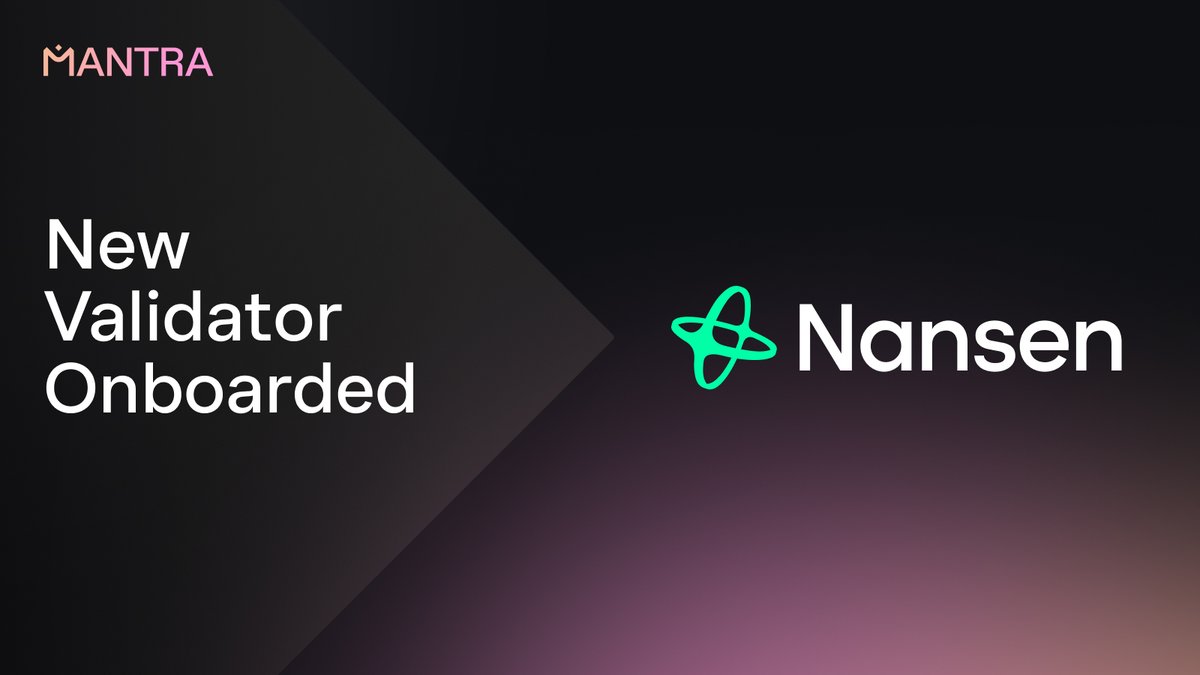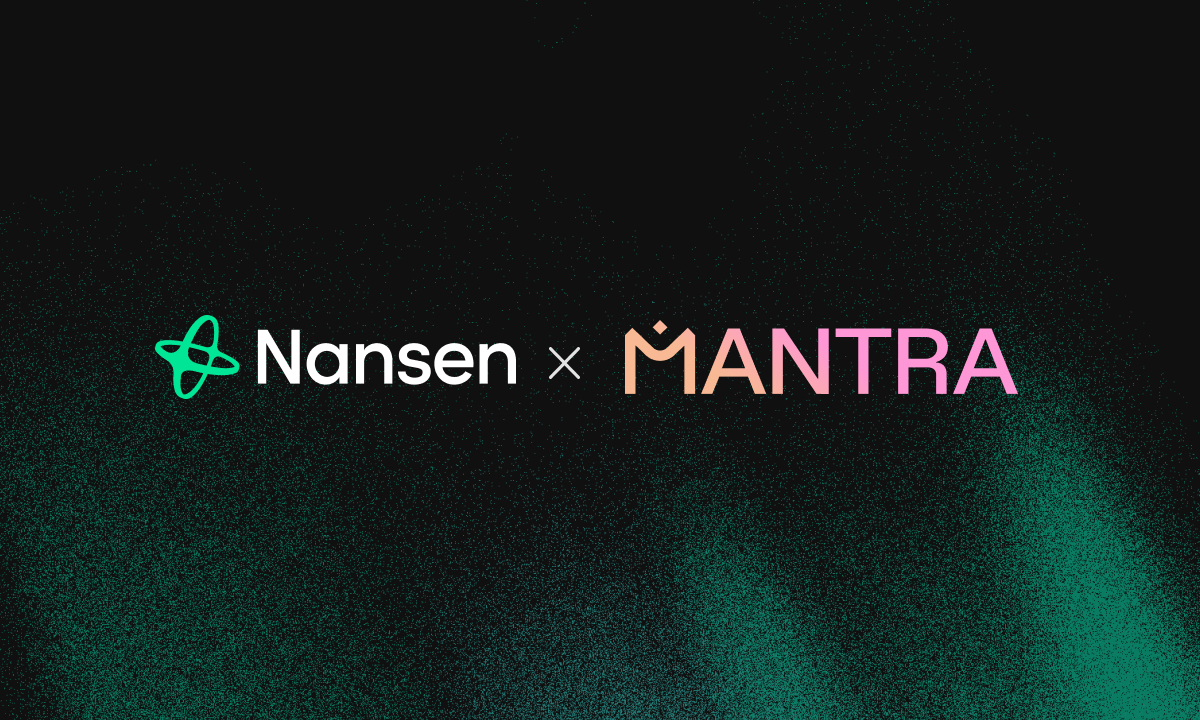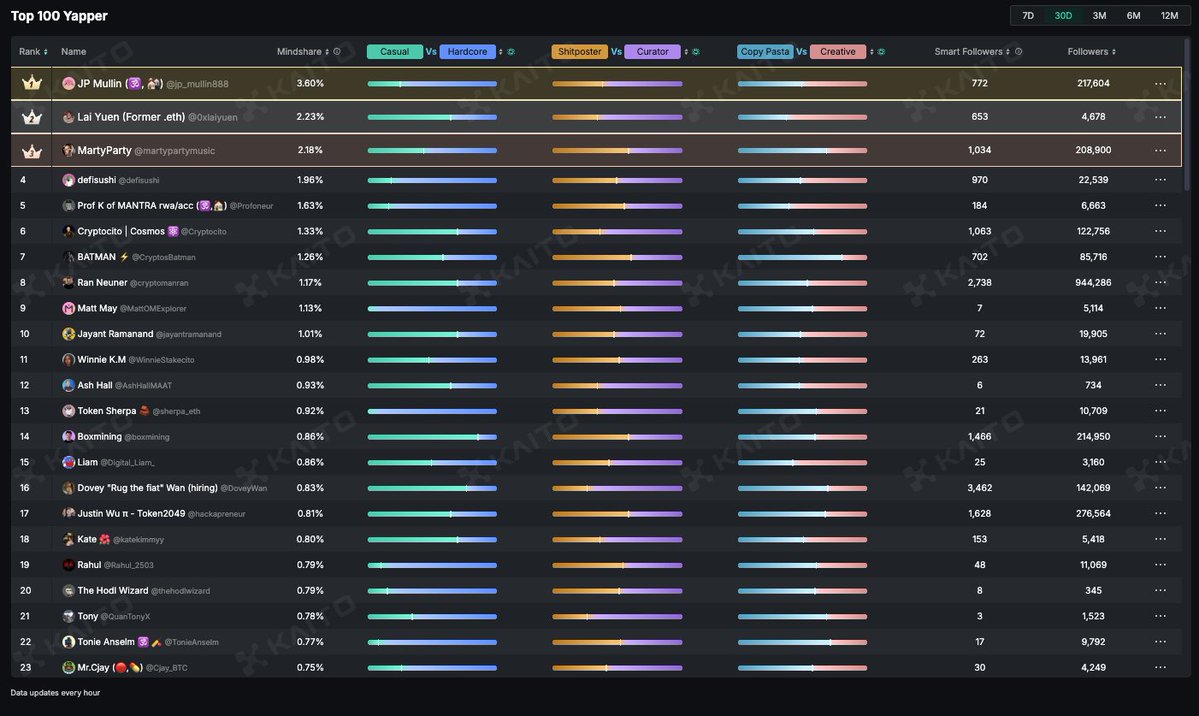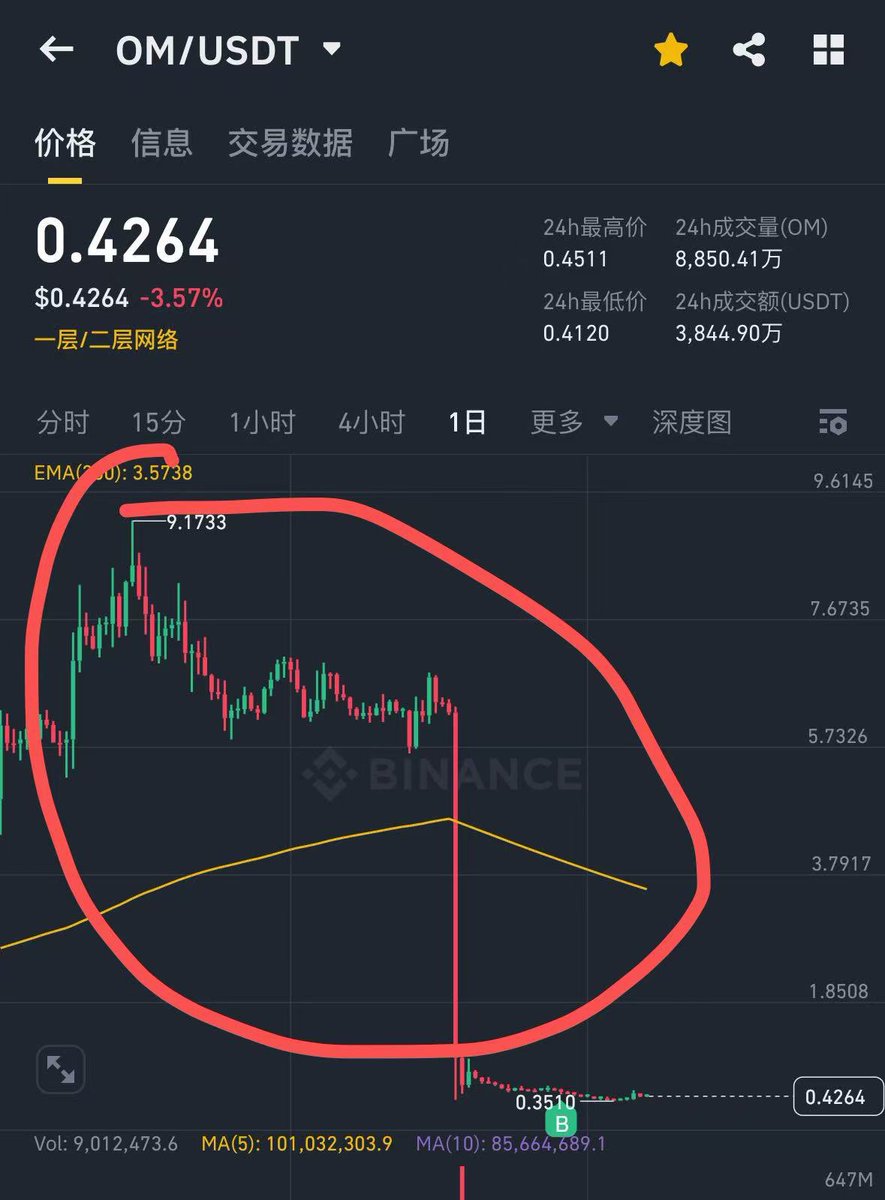
Cena MantraDAO

Zastrzeżenie
Informacje o rynku MantraDAO
Kapitalizacja rynkowa = Podaż w obiegu × Ostatnia cena

MantraDAO Feed

















Kalkulator OM


Wydajność ceny MantraDAO w USD
Popularne MantraDAO konwersje
| 1 OM na USD | 0,42520 $ |
| 1 OM na EUR | 0,38026 € |
| 1 OM na PHP | 23,7581 ₱ |
| 1 OM na IDR | 7042,07 Rp |
| 1 OM na GBP | 0,32056 £ |
| 1 OM na CAD | 0,59443 $ |
| 1 OM na AED | 1,5618 AED |
| 1 OM na VND | 11 029,83 ₫ |
Informacje MantraDAO (OM)
- Oficjalna strona internetowa
- Eksplorator bloków
Najczęściej zadawane pytania MantraDAO
MANTRA to platforma DeFi kładąca nacisk na zarządzanie oparte na społeczności, staking, pożyczki i nie tylko. Działa na Parity Substrate for Polkadot, mając na celu stworzenie zdecentralizowanego ekosystemu finansowego.
MANTRA stosuje przejrzyste zarządzanie i oferuje różne usługi DAO i DeFi, w tym zarządzanie skarbem, launchpad, zarządzanie DAO, staking, pożyczki i inne, angażując użytkowników w podejmowanie decyzji i działania finansowe.
Możesz kupować tokeny OM na wielu różnych rynkach handlu spot. Jednym z przykładów jest giełda kryptowalut OKX, która oferujeOM/USDTparę handlową.
Jeśli chcesz kupić OM za pomocą walut lokalnych, OKX ma „Ekspresowy zakup” przydatna opcja. Platforma pozwala również korzystać zPrzeliczfunkcji, aby przeliczyć swoje nadwyżkowe aktywa na OM. Alternatywnie, jeśli chcesz przeliczyć OM na walutę lokalną, możesz użyćKalkulator kryptowalut OKX, aby sprawdzić kursy przeliczeń.
Ujawnienie ESG
Kalkulator OM













